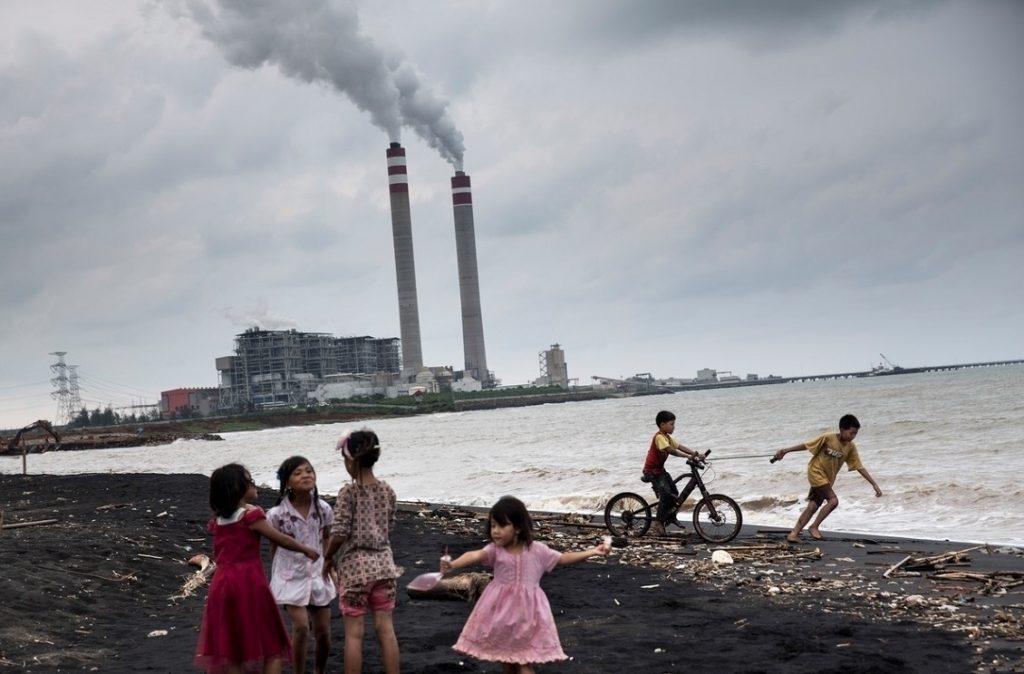By Sophia Pu | Staff Writer

On Oct. 31, the Group of Twenty (G20) summit in Rome ended and the United Nations Climate Change Conference (COP26) in Glasgow, Scotland began. At the G20, countries pledged to stop funding coal plants by the end of this year and to contain global warming to 1.5 degrees Celsius above pre-industrial levels.
However, government plans do not reflect these goals.
Currently, China and the United States emit the most greenhouse gases out of all the countries in the world.
According to Investopedia, China contributes to 28 percent of the world’s carbon dioxide emissions, and the United States contributes 15 percent. National Public Radio (NPR) reported that China produces 12.4 gigatons of carbon dioxide per year, and the United States produces six gigatons.
China has pledged to reach peak carbon emissions by 2030 and to achieve carbon neutrality by 2060. According to a study published in Science Magazine, to reach this goal, China will need to cut their carbon emissions by 90 percent before 2050.
“This requires tremendous hard work, and we will make every effort to meet these goals,” said President of China Xi Jinping in a speech at the United Nations General Assembly on Sept. 20.
However, as the most recent Production Gap Report found, China is planning on increasing its gas production by 58 percent and its oil production by 5 percent for 2030.
As part of his Build Back Better initiative, President Joe Biden aims to implement policies centered around sustainability and economic growth.
In a speech at COP26 on Nov. 21, Biden explained, “We’re going to cut U.S. greenhouse gas emissions by well over a gigaton by 2030, while making it more affordable for consumers to save on their own energy bills.”
Despite these goals, NPR reported the United States plans on increasing their oil and gas production by 17 percent and 12 percent respectively, as compared to 2019 levels.
While G20 leaders have agreed to end coal financing, India, Russia, China, and Australia are resistant.
India and Russia contribute to 7 percent and 5 percent of global emissions respectively, and both plan on increasing coal production for 2030.
China is the world’s largest consumer of coal, with Statista reporting they consumed 4.4 billion short tons of coal in 2020.
Australia is the world’s second largest exporter of coal. They do not plan on stopping coal production in the coming decades.
“Australia has an important role to play in meeting [demand from China, India, and South Korea],” stated Keith Pitt, Australia’s Minister for Resources and Water, in a statement on Sept. 6. “Coal will continue to generate billions of dollars… and directly employ over 50,000 Australians.”
In addition, China, India, and the United States were not among the 28 countries who joined the Powering Past Coal Alliance (PPCA) at COP26, which is working to end the use of coal and transition to clean energy.
